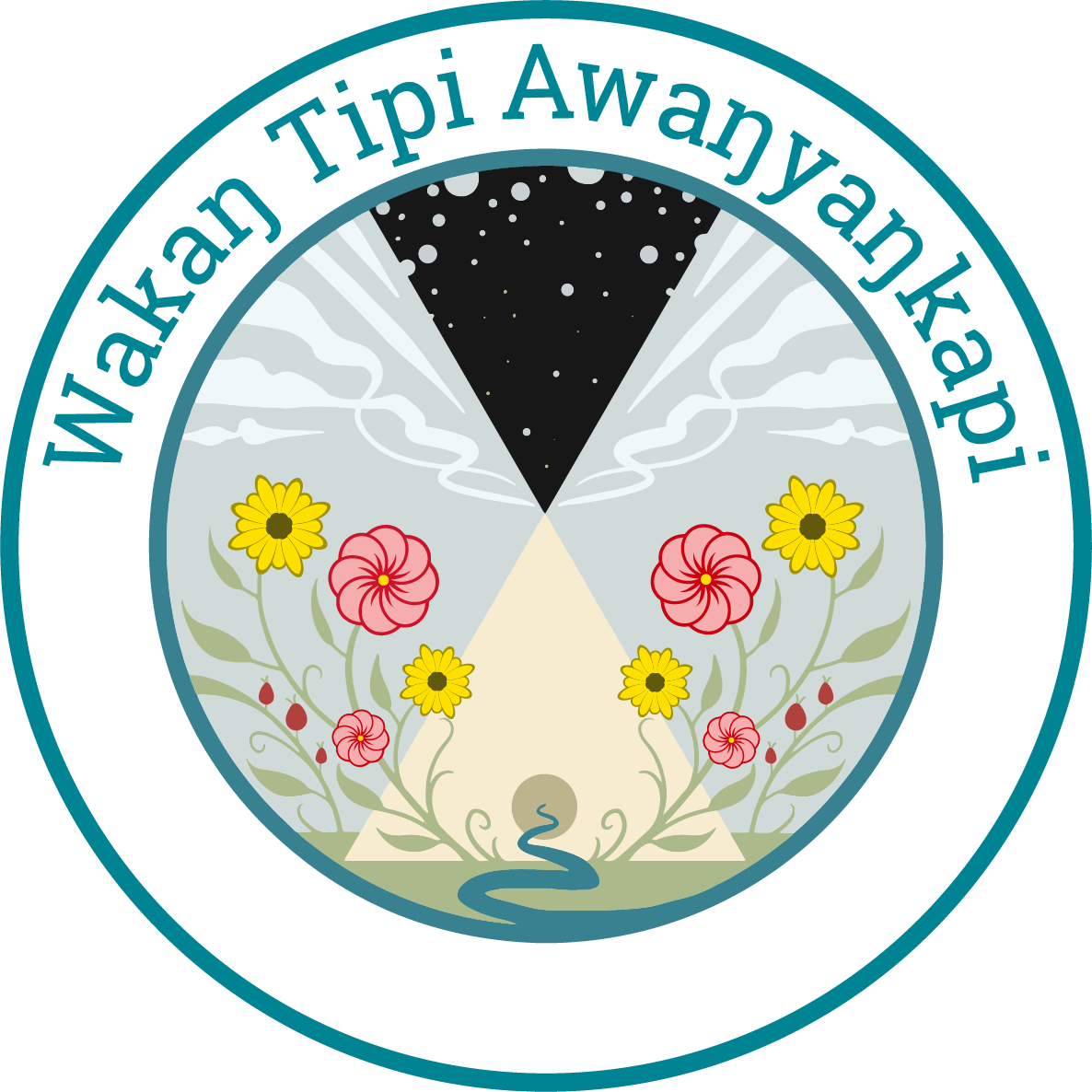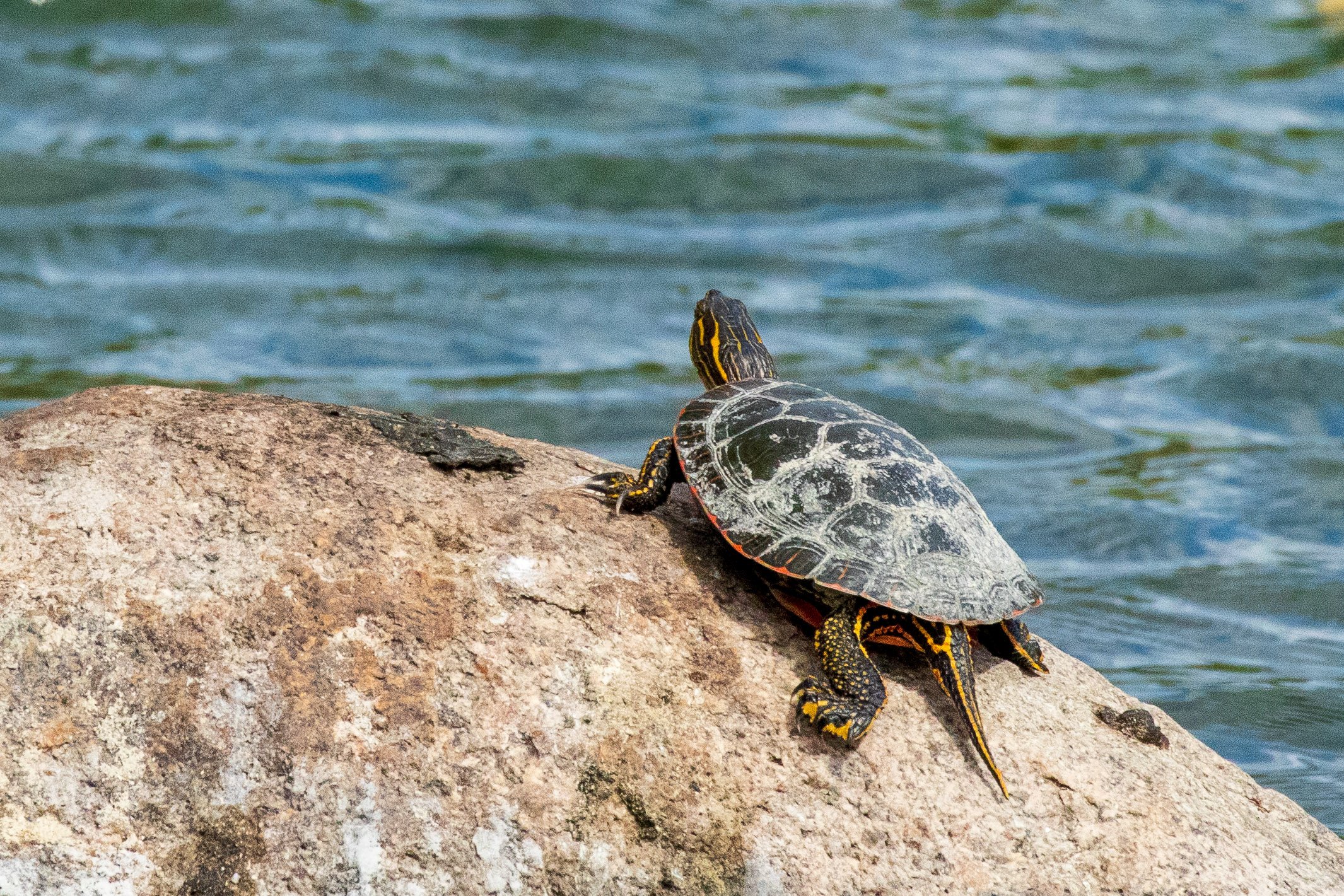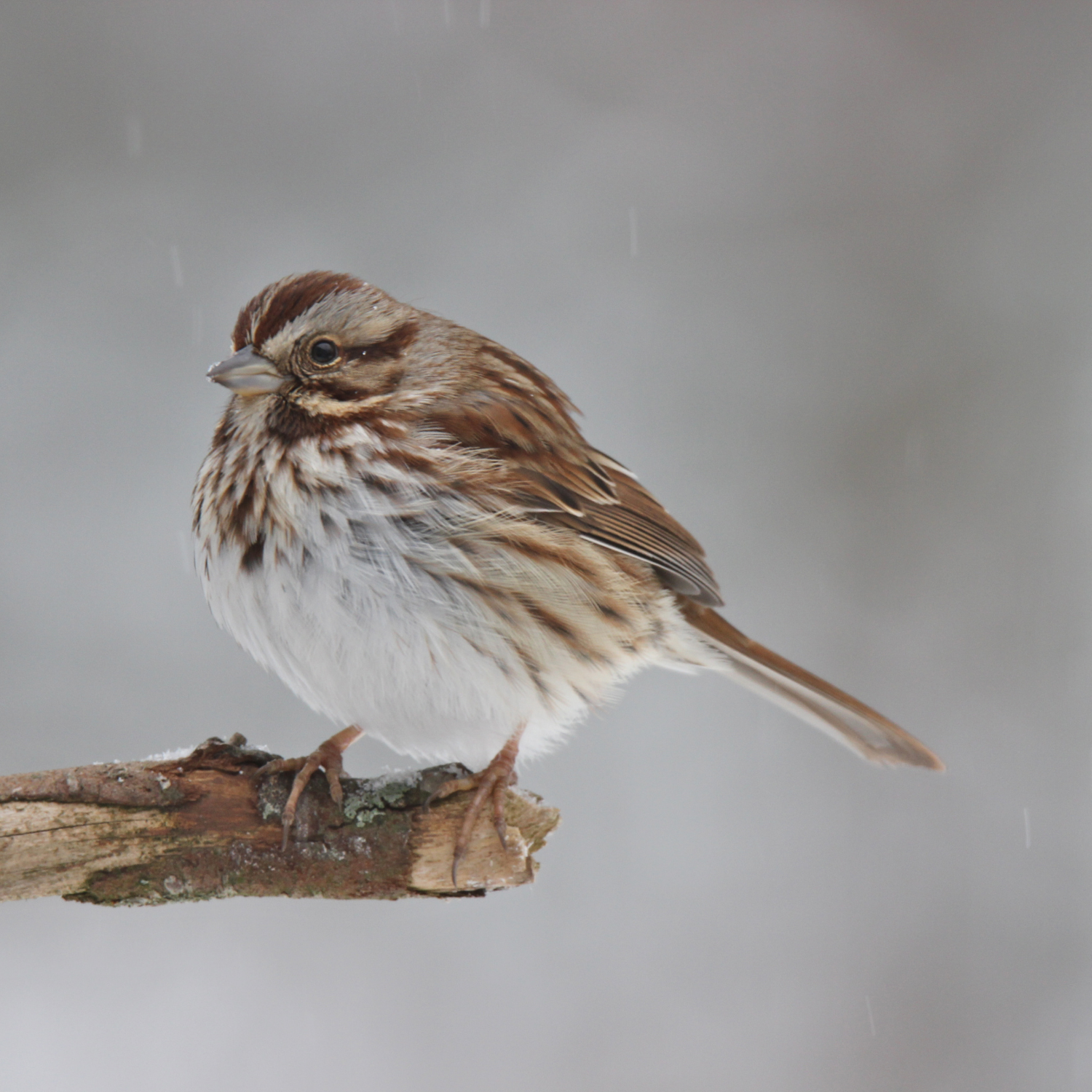A kéya — turtle — sunbathes on a rock at Wakáŋ Tipi.
Mní —water — is its own being; it is a sacred force of life which sustains all relatives of Iná Makóc̣e — Mother Earth. Water connects us all as human beings, and the fate of our waters, whether we care for them, disregard them, or exploit them, will determine the health and longevity of our communities. Although World Water Day is observed on March 22nd by the United Nations, at Lower Phalen Creek Project we understand that every day is water day, and each day is a new opportunity to advocate for the sustainability and care of our freshwater resources. In this month’s blog, we’ll discuss the current state of some East Side St. Paul waters and introduce our plans for expanded water quality testing and monitoring at Wakáŋ Tipi.
Troubled Waters
As spring approaches, our lakes, rivers, and creeks will thaw to reveal entire ecosystems hidden for months beneath a blanket of snow and ice. Relatives like freshwater turtles will come to the surface from their deep state of rest to take their first full breath of the year and bask in the sun. New aquatic life will bloom as the temperatures rise, giving way to a world of activity just below the water's surface. With warmer days comes snowmelt, which also means that anything present on our roads and driveways will enter into our lakes and waterways.
Unfortunately, the state of Minnesota has increasingly struggled with the acidification of our waters from winter road salt. Even small increases in chloride can have major impacts on sensitive aquatic species and whole ecosystems. Runoff with a high concentration of salt is denser, which will sink to the bottom of lakes and prevent the natural turnover that occurs within them, thereby reducing oxygen and killing fish.
Local waters in urban environments are especially susceptible to chloride pollution. In St. Paul, both Battle Creek and Lake Como remain on the list of chloride impaired waters. The Minnesota Pollution Control Agency (MPCA) classifies watersheds with a road density above 18% as “critical areas where implementation efforts to reduce chloride coming from de-icing salt should be focused.” The Lake Phalen watershed is currently at 26% road density, making it a top priority for chlorine input reduction practices.
However, Lake Phalen was newly placed on the draft 2022 list of impaired waters for a different contaminant… perfluorooctane sulfonate, better known by the acronym PFOS. PFOS belongs to a class of industrial chemicals (including PFAS and PFOA) commonly used to produce a variety of consumer goods including water repellent fabric, grease-resistant paper, and even certain shampoos. These virtually indestructible chemicals were developed by 3M, a stalwart of Twin Cities industry responsible for contaminating the drinking water of over 140,000 Minnesotans from negligent PFAS disposal. There is still no technology in existence which can remove these chemicals from our drinking water, and their full effects on people and the environment are not yet known. For now, the consumption of fish from Lake Phalen is no longer recommended by the MPCA, and this pollutant will remain in our urban waters at unsafe levels for the foreseeable future.
One sign of hope: last fall the Biden administration announced a multi-agency strategy to better regulate, cleanup, and research PFAS chemicals. The Defense Department will begin assessing and remediating PFAS contamination, which has been detected at over 400 military bases, while the Agriculture Department will work to prevent PFAS contamination of food. The EPA is simultaneously taking multiple steps to regulate PFAS, including proposing strict drinking water limits of PFAS under the Safe Drinking Water Act and designating PFAS as a hazardous substance under the Superfund law, which will force the companies responsible for PFAS pollution to pay for cleanup. These actions are just the beginning, as they will need Congressional backing to be fully effective, but they mark a national shift away from largely ignoring PFAS pollution and the harms it can have on our bodies and our environment to taking it seriously.
Morning light reflects off the streams at Wakáŋ Tipi.
Water as a Shared Responsibility
While large urban water bodies like Lake Phalen are well-studied and monitored, there are a number of smaller waters and waterways across the metro receiving less attention. Within the bluff-fed springs and wetland ponds of Wakáŋ Tipi itself, the presence and level of contaminants like chloride, PFAS, and many others is unknown. This is in part a matter of priorities – larger waterways tend to have more recreational uses (swimming, fishing, etc.), and the monitoring of water quality in these places is more readily framed as a matter of safety and public health. But what about the health and safety of the nonhuman relatives of our ecosystem? And what about the ways our waters are used for ceremony? The numerous paths water takes through our watershed leave many possible points of pollution input. Whether it is road salts carried with snowmelt into your storm sewer, rain or water vapor picking up air particles, or any number of other potential pollutants, these inputs have consequences for the plants, animals, and soils of our shared green spaces. Without a structure in place to track these inputs, we can’t know how much damage is being done to our ecosystem, much less how to treat it.
In 2022, Lower Phalen Creek Project has a few opportunities to address these issues. First, we are working with a growing team of researchers to analyze the flow of water throughout Wakáŋ Tipi – this includes monitoring the fluctuation of water levels, sampling water and wetland sediment, and increasing our general knowledge of the baseline hydrology at the site.
As we begin our first season of water quality monitoring at Wakáŋ Tipi, we also have our eyes on a larger project: the daylighting of Phalen Creek! The myriad water quality benefits of restoring 3+ miles of this East Side stream include the return of aquatic habitat (phytoplankton, amphibians, fish, macroinvertebrates, and more) and significant improvements to urban stormwater management. In 2022, as LPCP is slated to begin the design for the daylighting of Phalen Creek’s headwaters, it is estimated that this first ¼-mile stretch of the creek will divert – and treat – over 7 acre-feet of stormwater each year. For reference, that’s 7 Olympic-size swimming pools!
This spring, as you watch the massive snow piles shrink down and listen for the distant peals of thunder, consider how you can honor the gift that is water. Adopting a storm drain can help keep trash and debris out of our stormwater infrastructure. Using low-flow plumbing fixtures on your faucets and shower-heads can help your home use less water for everyday tasks (and keep your water bill down!). Converting your lawn to native plantings or installing a rain garden near your home can improve soil quality and water filtration in your neighborhood. Whether you’re able to take these steps or not, know that you can also be an advocate and a voice for mní— water — every day of the year.















































































